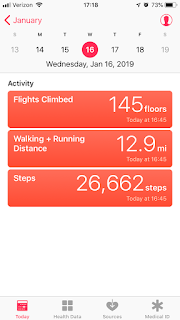We are two days in and have about half the stations in the ground. The quick-deploy boxes we developed at UT have allowed us to get the stations installed in about 1 hour, opposed to the usual 2-3 hours, but our biggest time sink is still just getting to the sites. All but one of the stations north of I-40 are wilderness lands, so no motorized equipment is allowed. That means we have some pretty serious hikes over rugged terrain with a 50lbs. pack of equipment. Today, Daniel and I hiked in a site in the Old Dad Mountains near the east end of the line. It looked fine enough; rolling hills and dry gullies, but we decided to hike up the gullies most of the way and it was tough going. We spent most of the day hoisting ourselves over river-strewn boulders in low 90's temperatures and a pretty unforgiving sun. This has definitely caused me to reconsider our daily quota of stations and I'm now quite thankful I added a contingency day to the end of the trip.
The scenery, however, is just plain gorgeous. Daniel has a digital SLR camera, so he's taken some amazing photos (which I'm sure he'll post soon).
 |
| Looking east at Granite Peak from the base of the Old Dad Mountains |
 |
| Looking at station MOJR. The station to the west of this, MOJQ, couldn't be that terrible to hike to, could it (spoiler, it was!)? |
 |
| The site for MOJQ. We hiked a river to the summit, so the nickname of this station is "River Summit". |
We've also found the frame packs we purchased for deploying to be invaluable. It seems kind of weird at first: who would want a backpack without a pack? It turns out to be perfect for strapping equipment onto. Normally we use it for the station boxes, but with a bit of lashing, it works great for the shoves and picks as well.
 |
| Daniel, sporting the tools strapped to the frame pack. |
Next blog post I'll try to talk a bit more about the science of why we're out here and how we've chosen the sites.







Comments
Post a Comment